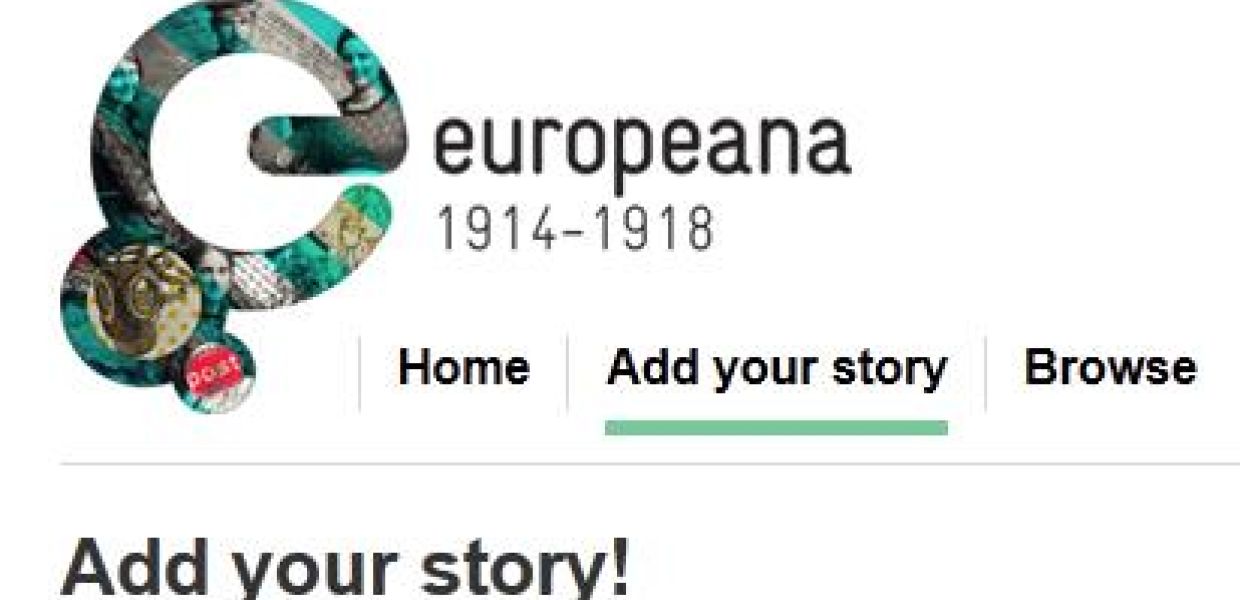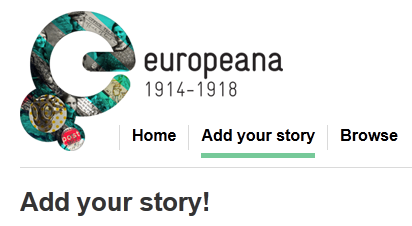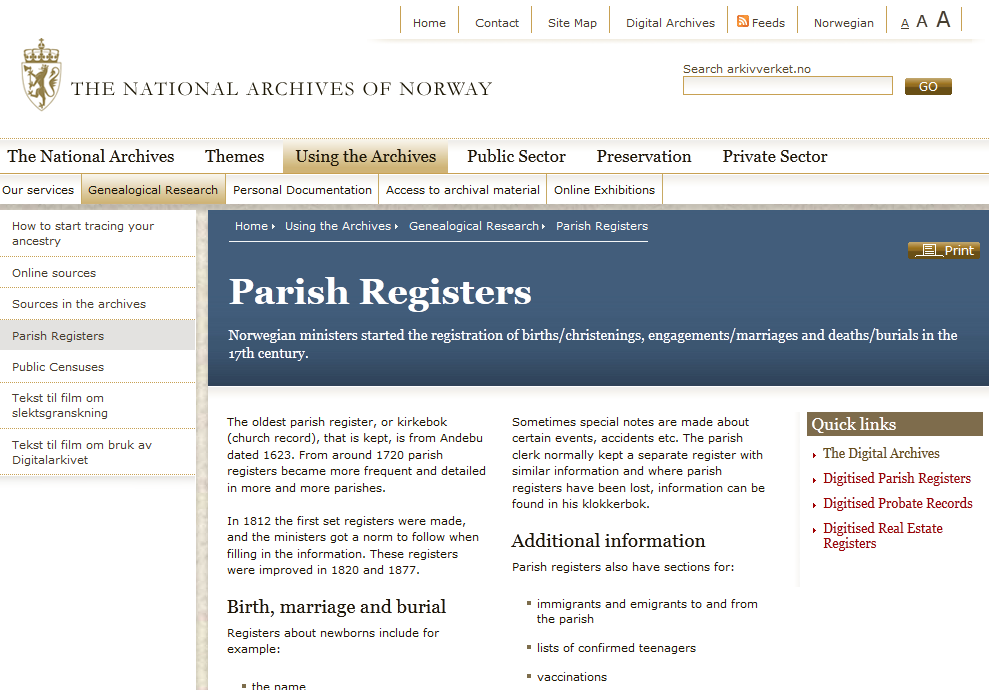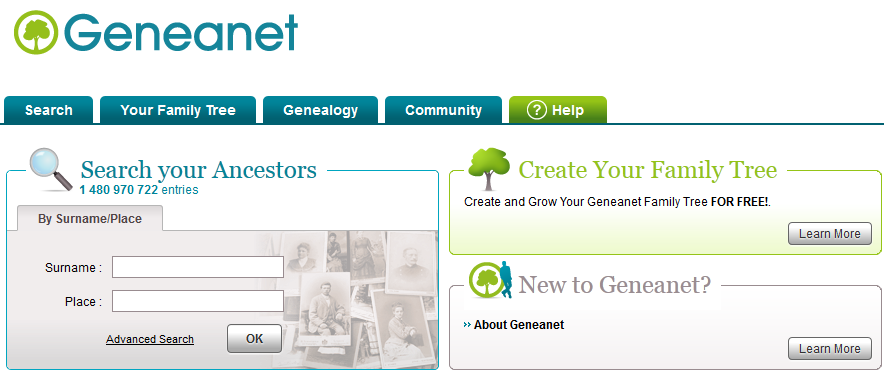Local history in Europeana

By Jef Malliet, Erfgoedplus.be
Europeana Awareness produced ‘Guidelines for Europeana users interested in pursuing local or family history themes’. We believe that this document contains valuable elements for further work, reflection and discussion beyond the context of the EAwareness project and that it is worth sharing with the wider Europeana community.
Europeana Awareness (2012-2014) wants to encourage participation in Europeana among new users and contributors. New or improved technical solutions are developed. Additional new partnerships with relevant community networks are investigated and initiated. One such potential target group consists of local collections and archives. Their holdings are often considered not very relevant for history research at a broad level; only for local history and genealogy research. When the material and the research stay local, there is not much purpose in providing online access to an international community. However, when events or people disappear from the local records because they moved to other places, then remote accessibility becomes extremely important. Local history and genealogy produce information very similar to UGC (user generated content), which is worth sharing for the same reasons.
Requirements of promotion, lobbying and visibility have till now attracted the attention in Europeana prevalently to a ‘masterpiece’ focus. ‘The New Renaissance’, the 2011 report of the Comité des Sages, recommended that ‘ Member States should ensure ‘that by 2016 they have brought all their public domain masterpieces into Europeana’ (p. 26). However, there is a growing group of people who believe that the concept of Europeana is better suited and more valuable for providing access to local heritage objects and content, which otherwise are very hard to find and access.
This point of view is the basis of projects such as EuropeanaLocal (2008-2011) and LoCloud (2013-2016). In particular, local heritage is more powerful than ‘masterpieces’ as it involves more people with heritage and history. It helps people to better understand the objects and issues they meet in daily life. Thus, local heritage is very suitable for education and for broadening the interest in culture and heritage in general.
The guidelines document builds on other work that was done in EAwareness. Besides a general overview of the meaning and importance of local and family history, it provides information about how they can interact with digitised resources and in particular with Europeana. Europeana could help with finding ‘local’ information outside the specific location of a research. Or, through UGC, it can provide a channel for collecting and providing access to otherwise unavailable knowledge (e.g. the Europeana 1914-1918 and Europeana 1989 projects – fig. 1).

Fig.1
The guidelines are not limited to readers of Europeana, but make suggestions that are relevant for data providers and for Europeana itself. National archives across Europe have digitisation projects of person-related registers and have set up special pages for helping genealogical researchers (e.g. Norway - fig. 2). International associations provide specialised websites for sharing genealogical information (e.g. Geneanet - fig. 3). By looking into the various phases of a local history or genealogical research, the guidelines describe why Europeana should not try to compete with such dedicated websites, but that it can offer access to useful complementary information.

Fig.2

Fig. 3
The ‘guidelines’ do not set final rules, the topic concerns an open domain, where still much needs to be learned and developed.
